Automotive Applications for Embedded Vision
Vision products in automotive applications can make us better and safer drivers
Vision products in automotive applications can serve to enhance the driving experience by making us better and safer drivers through both driver and road monitoring.
Driver monitoring applications use computer vision to ensure that driver remains alert and awake while operating the vehicle. These systems can monitor head movement and body language for indications that the driver is drowsy, thus posing a threat to others on the road. They can also monitor for driver distraction behaviors such as texting, eating, etc., responding with a friendly reminder that encourages the driver to focus on the road instead.
In addition to monitoring activities occurring inside the vehicle, exterior applications such as lane departure warning systems can use video with lane detection algorithms to recognize the lane markings and road edges and estimate the position of the car within the lane. The driver can then be warned in cases of unintentional lane departure. Solutions exist to read roadside warning signs and to alert the driver if they are not heeded, as well as for collision mitigation, blind spot detection, park and reverse assist, self-parking vehicles and event-data recording.
Eventually, this technology will to lead cars with self-driving capability; Google, for example, is already testing prototypes. However many automotive industry experts believe that the goal of vision in vehicles is not so much to eliminate the driving experience but to just to make it safer, at least in the near term.

The Story of Cruise and How Its Loss Impacts the Robotaxi Industry
IDTechEx‘s new report, “Autonomous Car Markets 2025-2045: Robotaxis, Autonomous Cars, Sensors,” predicts that 2024 and the coming couple of years will be seen as the hockey-stick moment for robotaxis. Companies across the US and China are preparing for a mass roll-out of services. Cruise was one of the early leaders in robotaxi development, getting off

The Impact of AI On the Automotive Industry
This blog post was originally published at Digica’s website. It is reprinted here with the permission of Digica. The automotive industry has undergone a profound transformation over the years, with technological advancements driving innovation at an unprecedented pace. One of the most influential technologies shaping the future of vehicles is Artificial Intelligence. AI’s integration into
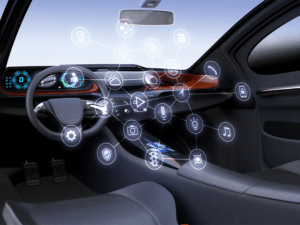
Software-defined Vehicles: AI Assistants and Biometrics
Software-defined vehicles (SDVs) represent a combination of automotive features that provide new possibilities for passengers to engage with vehicles. In the report, “Software-Defined Vehicles, Connected Cars, and AI in Cars 2024-2034: Markets, Trends, and Forecasts“, IDTechEx depicts how the cellular connectivity within SDVs can provide access to IoT (Internet of Things) features including OTA (over-the-air)

How to Choose the Right Surround-view Camera for Vehicles
This blog post was originally published at e-con Systems’ website. It is reprinted here with the permission of e-con Systems. Surround-view cameras provide a 360-degree view for vehicles to leverage parking assistance, enable blind-spot detection, maneuver in tight spaces, etc. However, selecting the right camera is a complex decision. Get expert insights on the role
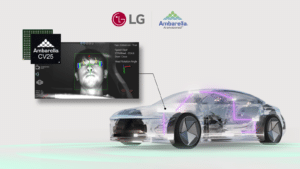
LG and Ambarella Join Forces to Advance AI-driven In-cabin Vehicle Safety Solutions
LG Sets New Standard in Accuracy and Reliability for In-Cabin Solutions with Ambarella-Powered Driver Monitoring System; Plans Demo During CES 2025 SEOUL, Korea and SANTA CLARA, Calif., Dec. 4, 2024 — LG Electronics (LG), a mobility sector technology leader, and Ambarella, Inc. (NASDAQ: AMBA), an edge AI semiconductor company, today announced that LG will showcase
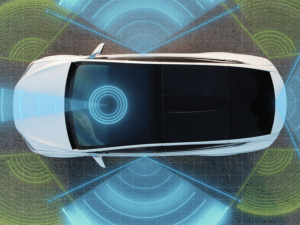
Passenger Detection and Nighttime Safety – Exploring Infrared Technology
ADAS braking systems, night vision, and driver monitoring can all be enhanced using the infrared spectrum. IDTechEx‘s latest report, “Infrared (IR) Cameras for Automotive 2025-2035: Technologies, Opportunities, Forecasts“, explores long-wave infrared (LWIR), short-wave infrared (SWIR), and near-infrared (NIR) sensors as means to increase the safety and protection of road users. Long-wave infrared and autonomous possibilities
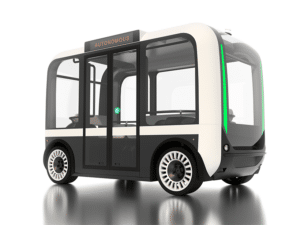
Driverless Routes, Roboshuttles and Autonomous Buses
Automation can vary from level 0 to level 5 within the automotive industry, from sole reliance on driver control, all the way to completely driverless vehicles. Roboshuttles and autonomous buses will likely strive for level 5 operation as a long-term goal but are currently aiming for level 4, where driverless operation can take place within
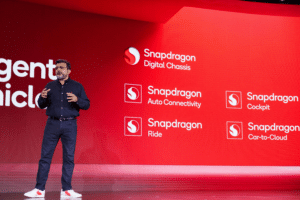
‘A Glimpse Into the Future of the Car’: Takeaways from Day 2 of Snapdragon Summit 2024
This blog post was originally published at Qualcomm’s website. It is reprinted here with the permission of Qualcomm. The Qualcomm Oryon CPU and the Snapdragon Elite name make its way to the automotive space, signaling its importance to Qualcomm Snapdragon Summit 2024 shifted gears on Tuesday and moved from the mobile world to the automotive

Autonomous Vehicle Industries Now and In 10 Years
After years of development, numerous hurdles, and uncountable unfulfilled promises, it looks like the robotaxi industry is finally taking shape. Over the past couple of years, IDTechEx has reported on the emergence of commercial robotaxi services but has always needed to caveat this with the fact that they have been heavily restricted. There would always
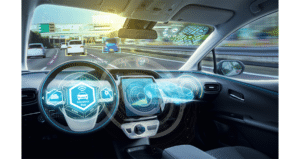
Autonomy and Eliminating Emissions – Exploring the Automotive Future
The future of the automotive industry is heading towards the acceptance of automation and the enforcement of electrification, with IDTechEx‘s latest report, Future Automotive Technologies 2024-2034: Applications, Megatrends, Forecasts covering all the latest and future developments. Despite the crossover of these two phenomena becoming increasingly present within the automotive industry, automation and electrification individually offer

